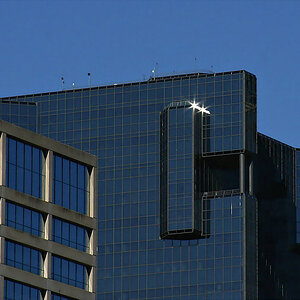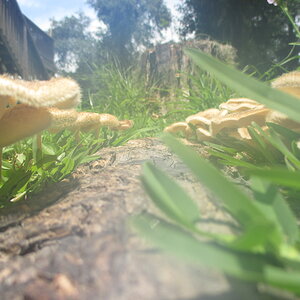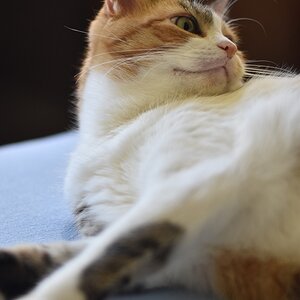FidelCastrovich
TPF Noob!
Hello all,
I have a couple of pictures i'd like to enlarge and print. They were scanned from the negative and jpegged.
I'd like to print the post-photoshop version.
How do i do that? What do i need to look out for? Just give the lab a large enough jpeg, and they'll print it?
Thanks
I have a couple of pictures i'd like to enlarge and print. They were scanned from the negative and jpegged.
I'd like to print the post-photoshop version.
How do i do that? What do i need to look out for? Just give the lab a large enough jpeg, and they'll print it?
Thanks


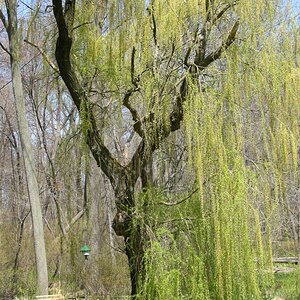

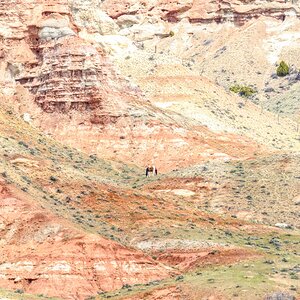
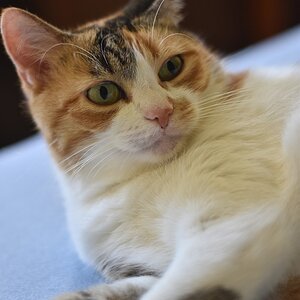


![[No title]](/data/xfmg/thumbnail/32/32180-aee1597d1cfb87ae220637f19420b65b.jpg?1619735235)
